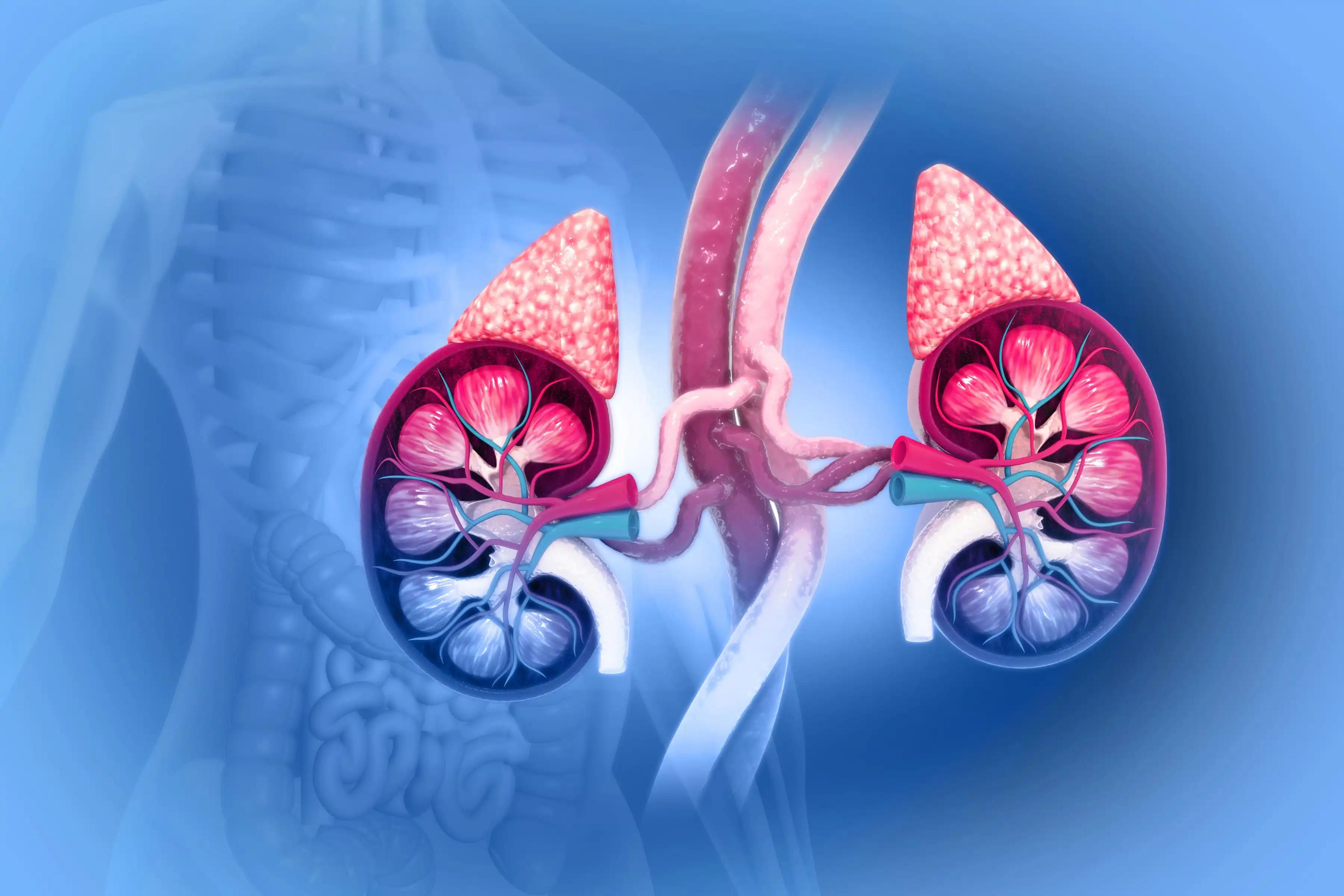KEY TAKEAWAYS
- A Phase 3 CheckMate 025 study has shown superior long-term survival outcomes for previously treated aRCC patients receiving NIVO over everolimus.
- MCMs were used to analyze OS and PFS outcomes with minimum 7-years of follow-up separately to investigate survival heterogeneity within the NIVO arm of CheckMate 025 borne by the underlying fraction of potential LTS.
- The best-fitting models indicated that the proportion of LTS was 17.5% from the OS data and 4.7% from the PFS data, where the range of progression-free LTS was 2.6%-6.7%.
- Estimated 10- and 30-year OS rates from the best-fitting MCMs were 14.7% and 4.6%, respectively. Corresponding 10- and 30-year PFS rates were 3.9% and 1.2%, respectively.
Patients with previously treated aRCC who received NIVO compared favorably to everolimus in the phase 3 CheckMate 025 research, showing superior long-term survival outcomes. This preliminary research aimed to discover the underlying fraction of likely long-term survivors in the NIVO group of CheckMate 025. (LTS). Mixture cure models were used to examine the trial’s overall survival (OS) and progression-free survival (PFS) results, with a minimum of 7 years of follow-up (MCMs). Patients in MCMs were classified probabilistically into LTS and non-LTS subgroups, with LTS patients being considered to be free of disease-related mortality risk.
The PFS analysis also assumed that LTS were not at risk of progression. Using age- and sex-adjusted baseline mortality rates published by the World Health Organization and the distribution of patients enrolled throughout the nations taking part in the trial, the MCMs predicted the survival trend for LTS. Candidate parametric distributions were used to model time-to-event outcomes for non-LTS, and both the proportion of LTS and the proportion of LTS were estimated simultaneously using maximum likelihood techniques. Measures of statistical goodness-of-fit, visual inspection of survival curves, and longer-term clinical plausibility were used to narrow down the pool of possible models. Using OS data, we also examined the effects of a few baseline variables on the LTS rate.
Using the OS data, the best-fitting models predicted a 17.5% (95% CI: 13.0%-23.2%) LTS rate, while the predicted rate for the PFS data was 4.7% (95% CI: 2.5%-8.4%). From 2.6% to 6.7% of patients experienced LTS without progression across all clinically reasonable potential models. Across a 30-year horizon, the best-fitting MCMs predicted a median overall survival (OS) of 64.6 (95% CI: 56.0-77.1) months and a median progression-free survival (PFS) of 19.1 (95% CI: 15.0-25.3) months. The best-fitting MCMs predicted 10-year OS rates of 14.7% (95% CI: 11.9%-20.3%) and 30-year OS rates of 4.6% (95% CI: 3.6%-6.4%). PFS rates at 10 years were 3.9% (95% CI: 2.0%-6.4%), and at 30 years they were 1.2% (95% CI: 0.5%-2.0%).
Comparing subgroups defined by MSKCC Risk Criteria (intermediate/poor versus favorable) and PD-L1 status ( 1% vs 1%), the odds of LTS were 0.58 (95% CI: 0.45-0.75) and 0.25 (95% CI: 0.19-0.33), respectively. CheckMate 025 found that a sizable number of patients with aRCC treated with NIVO were predicted to be LTS, with a smaller fraction being at no risk of advancement. A higher likelihood of long-term survival was connected to having a favorable MSKCC risk score, a positive PD-L1 status, or only one site of metastasis.
Source: https://meetings.asco.org/abstracts-presentations/217272
Clinical trial: https://clinicaltrials.gov/ct2/show/NCT01668784/
Saby George, James Larkin, Kateryna Chepynoga, Daniel Sharpe, Tuli De, Matthew Dyer, Flavia Ejzykowicz, Jessica May, Murat Kurt ( J Clin Oncol 41, 2023 (suppl 6; abstr 729))



